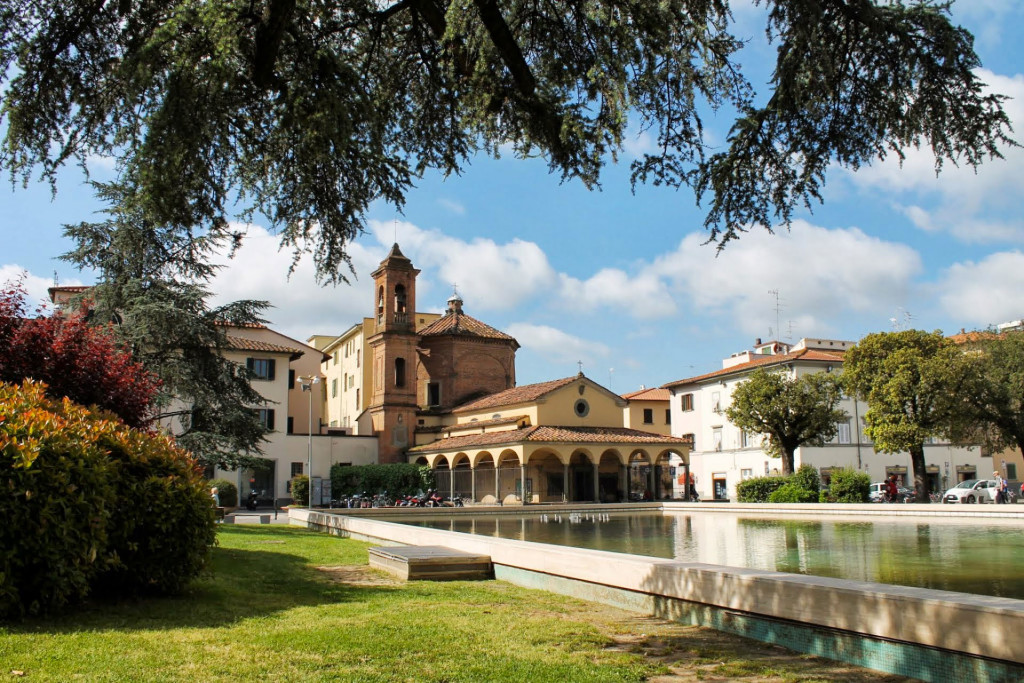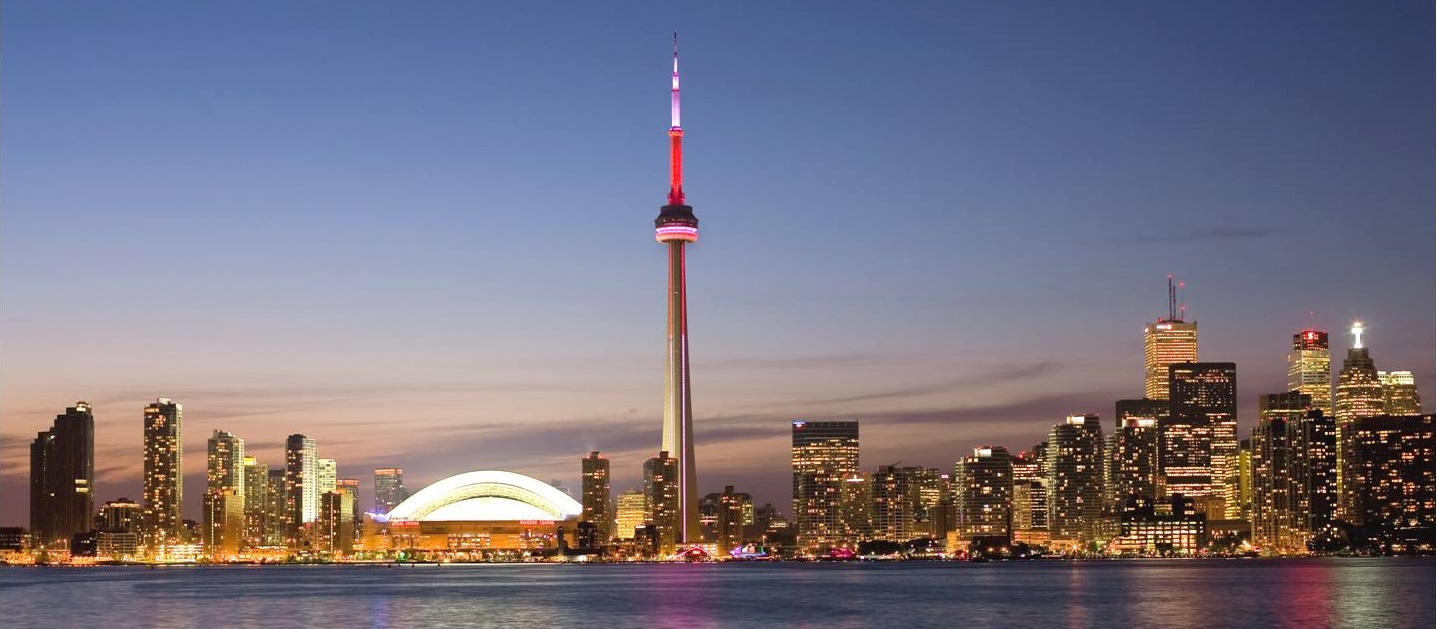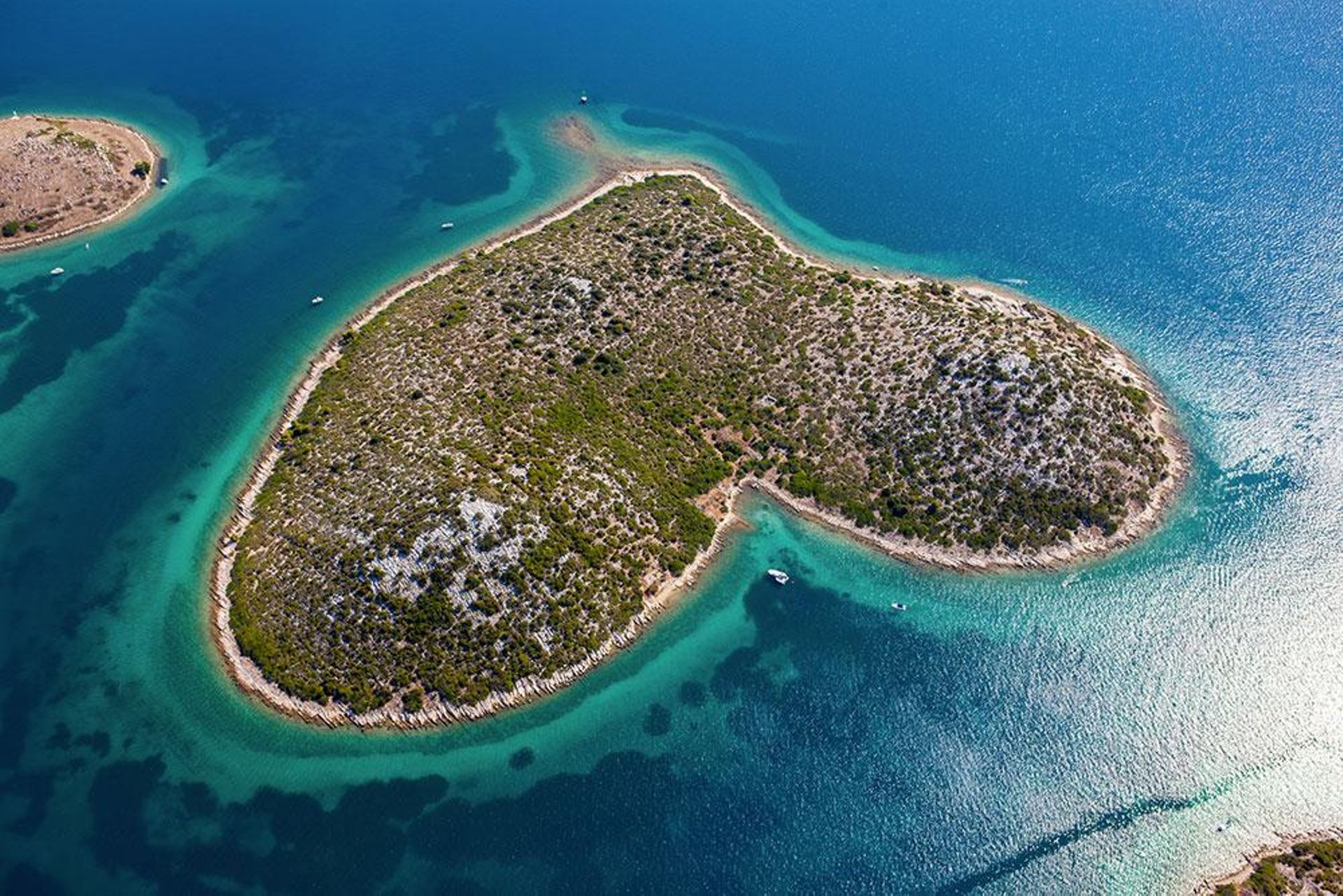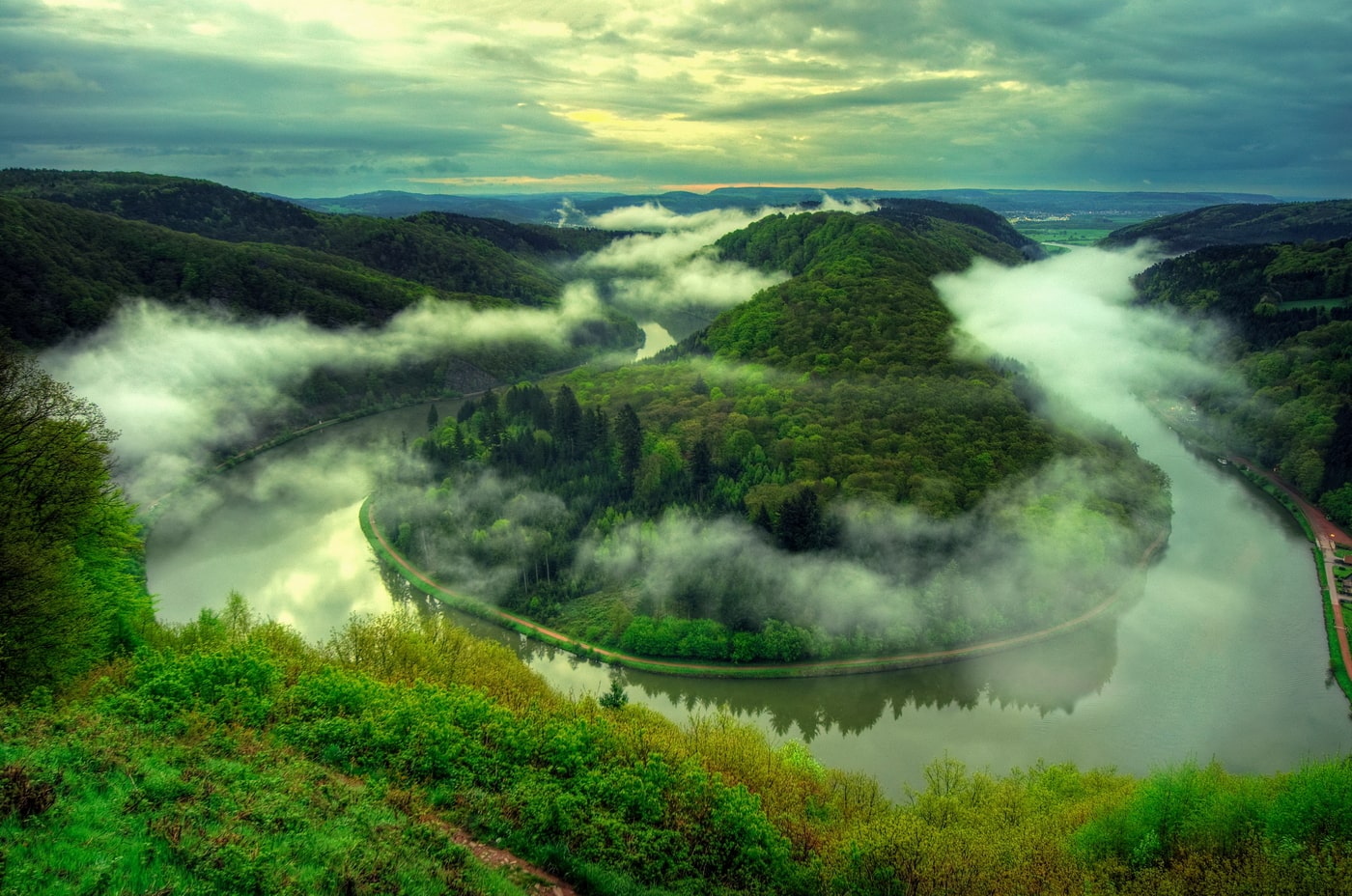The city of Empoli, today an important manufacturing and commercial centre, boasts ancient origins testified by centuries-old traditions and the rich artistic heritage preserved in its museums and churches.
The historical centre, which developed during the Middle Ages, is concentrated around the scenic Piazza Farinata degli Uberti, where the Ghibelline Palace, now home to the Museum of Paleontology and the Collegiate Church of St. Andrew, with its white and green marble facade, typical of Florentine Romanesque style, is the most tangible sign of the close relationship between the city of Empoli and nearby Florence.
Attached to the Church, the Museum of the Collegiate Church of Sant’Andrea exhibits authentic masterpieces of Tuscan art from the 14th-16th centuries, including a baptismal font attributed to Bernardo Rossellino, frescoes by Masolino, sculptures by Tino da Camaino and Mino da Fiesole and refined paintings by Lorenzo Monaco, Botticini and Filippo Lippi. A few steps from the Museum and included in the itinerary, the Church of Santo Stefano degli Agostiniani also contains frescoes by Masolino, a marble Annunciation by Bernardo Rossellino and various paintings by Florentine artists active between the 16th and 17th centuries.
In Pontorme, a small village on the outskirts of the city, another famous painter from Empoli, Jacopo Carucci, known as Pontormo, was born at the end of the 15th century. Today his birthplace is a museum where his work and his human story are witnessed by the facsimile edition of the Diary and copies of the preparatory drawings for the panels with St. John the Evangelist and St. Michael the Archangel (still visible today in the nearby Church of St. Michael) and by an ancient copy of the Madonna del Libro, one of Jacopo’s most copied paintings.
If the splendid works of art and the ancient buildings in the centre of Empoli speak to us in some way of the events that affected Empoli between the Middle Ages and the Renaissance, green glass can instead be considered the true













